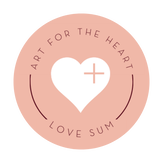|
Do you ever sit down to work in your art journal and freeze? What should I make? What should I work on? What supplies should I use? Do you find yourself thinking about making art more than you do making art? I’m here to help. I’ll be creating a blog post series on various background ideas using one main supply. For today, that special supply is acrylic paint. My hope is that this post will give you some ideas to jump in and get started. If you’re up for the challenge, I encourage you to try each of these techniques and make a bunch of different art journal backgrounds with them. I’ve been doing the 100 Day Project and have been focusing on backgrounds (#100DaysofArtJournalBackgrounds), and it has been so liberating to focus ONLY on the background in the project. No pressure to “finish” a spread. No pressure to focus on something profound. Just simply showing up and throwing a little paint (or whatever I want) on the page. All right. Let’s move to the art, shall we? Here are 5 different art journal background ideas that you can create with acrylic paint! P.S. If you're brand new to art journaling, you might be interested in this. 5 Art Journal Backgrounds Using Acrylic Paint1. Dry brush (left side of the page) Put the water aside for this one, no need for that. Put a bit of paint on your palette. Take a firm, bristly paint brush and lightly dip it into the paint. Drag it back and forth on the page. Play around with the direction, the pressure, and the stroke. Let it get streaky and hollow. Keep adding a bit more paint until you’ve covered the page. Repeat with different colors. Layer on top. Let yourself experiment. 2. Ombre Grab two colors of paint - or a color and white. Put each of the colors on opposite directions on either side of the page. With your brush, start on one side and move the color back and forth along the page. Next, do the same to the contrasting color and have them meet in the middle to mix and overlap. Add a bit of water onto your brush to get a bit more fluidity and blend. Bonus: You can get an "ombre" look with brush marks, too! 3. Bold Shapes Choose some colors that you like. Next, take a paint brush and create some big, bold shapes with the various colors. Paint them in like a coloring book. 4. Smoosh Painting Pick out some colors and put some paint in the middle of the spread. Next, close the book and use your finger to move the color out from center. Open up the page and let it dry. 5. Blocked off Grab some low tack tape (washi tape works great) and block off some areas on your page. Next, paint in the areas with colors of your choice. You can remove the tape while it’s still wet or dry - your choice. Once you create your backgrounds using these various techniques, the choice is yours to add layers and build on them. Maybe you love what you create as it is, maybe you layer ontop, maybe you end up ripping out the page and using it as collage fodder. You have the freedom to do what feels best for you. Get your art on - art challenge ideas to encourage you to play in your art journal:
Inspire others and share what you create. Tag me on Instagram (@theLOVESUM) so I can send you some love! Want to take your art journaling to the next level? Join the waiting list for my next online course, 25+ Mix & Match Art Journal Layers.
Looking for additional guidance and support? I offer 1:1 coaching and art journaling sessions. I’d love to chat to see if we’d be a good fit to work together.
0 Comments
“The creative process involved in the making of art is healing and life enhancing.” American Art Therapy Association, Mission Statement As stated in The Art Therapy Sourcebook by Cathy Malchiodi Process over product. This is an essential pillar of art therapy. Focus on the process of making art instead of the product that’s created at the end. Shifting the way you approach your art making will make it a more therapeutic experience. It can help you feel more grounded, find meaning in your art, gain insight into your life, and support being more intentional not only in your art making, but also in other areas of your life. How you show up with your art will transfer to other areas of your life. Here are some questions to consider before, during, and after making art to help focus on the process over the product: Before:
During:
After:
Download this free cheat sheet that you can print out and have next to you for future art making sessions.
What other helpful questions might you ask to focus on process over product? Share in the comments below. An altered book art journal is a place for art making and writing that utilizes an old book as the canvas. Other versions of art journaling you might have heard: Art journal, junk (or junque) journal, artist book, visual journal, smash book, glue book, altered book, sketchbook. Each of these other variations have their own nuanced approach and benefits. 5 Reasons to Start an Altered Book Art Journal:1. Sometimes words aren’t enough Taking pen to paper can be a great way to get stuff off your chest, but sometimes words aren’t enough to capture the essence of how you’re doing. While writing and other logical thinking tap into the left hemisphere of your brain, in art journaling we use images, color, and other expressive elements which tap into the right hemisphere. So when words aren’t enough, diving into imagery to explore what you are feeling can be a great way to more fully express yourself. 2. Creative playground to experiment and play Unlike a big blank canvas or piece of paper that can feel intimidating, in altered book art journaling there are already words or images on the page. For many, starting with a page that already has “stuff” on it can make getting started a whole lot easier. In art journaling the key is to work in layers, so you get to keep experimenting, playing, and adding onto your page until it feels "done" for you. This can be a very freeing experience and one that encourages exploration and playfulness. 3. Develop creativity and artist identity An art journal has no rules, so it’s the perfect place to explore your own creativity and artist identity. As a former no-no-I’m-not-a-“real”-artist person, I have found my own artist identity within the pages and time I’ve spent in my own altered book art journals. 4. Encourage presence While making art, your focus is on the materials in front of you. Your art journal can be a wonderful place to tune into the present moment. As you watch your brush move across the page, the scissor splice through a magazine page, your pencil dance across the paper, you will find that your racing thoughts begin to slow down and shift into the background. After a session of art making, you’ll likely find yourself feeling more relaxed and present. 5. It’s fun! Your altered book art journal can be a place for you to have fun! When else in your adult life do you get to show up, make a mess, create without a plan, and spend some precious time for yourself? An altered book art journal is so much more than a space to make art; it is a space to dive deep, explore, create, play, slow down, or whatever else you need it to be.
If you’re ready to get started with an altered book art journal, I invite you to enroll in my class! |
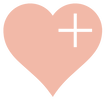

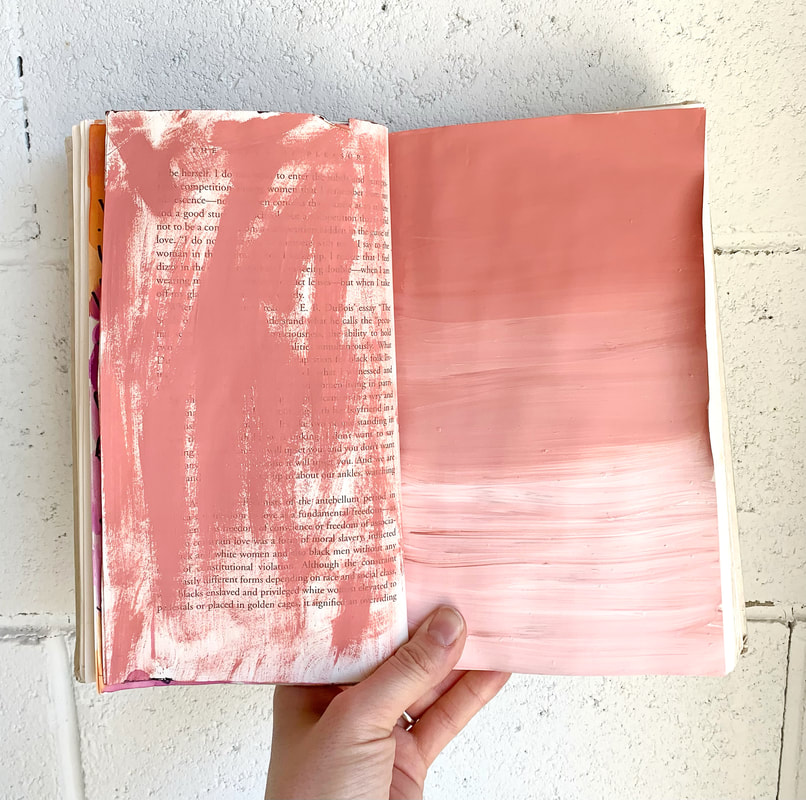
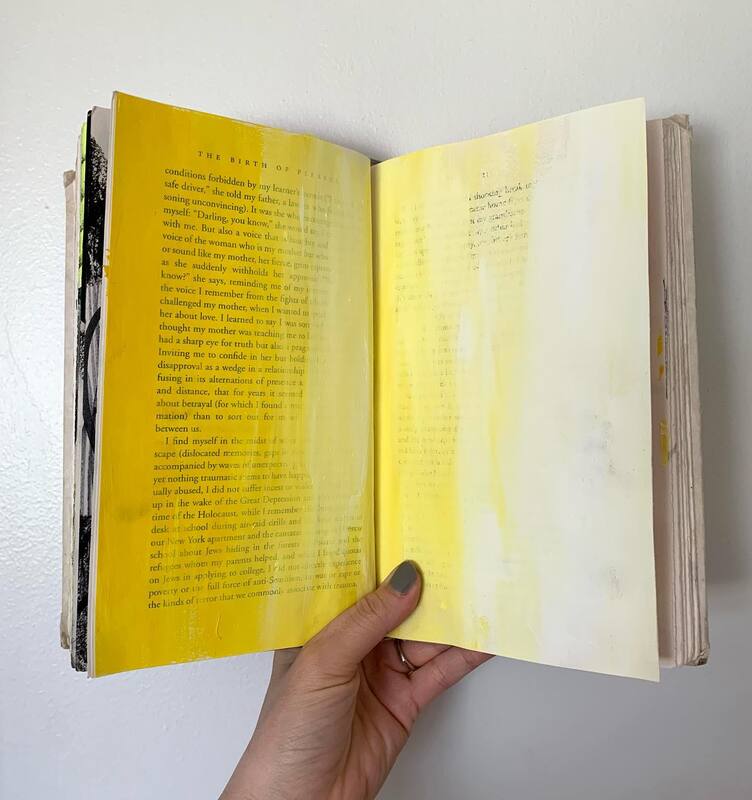

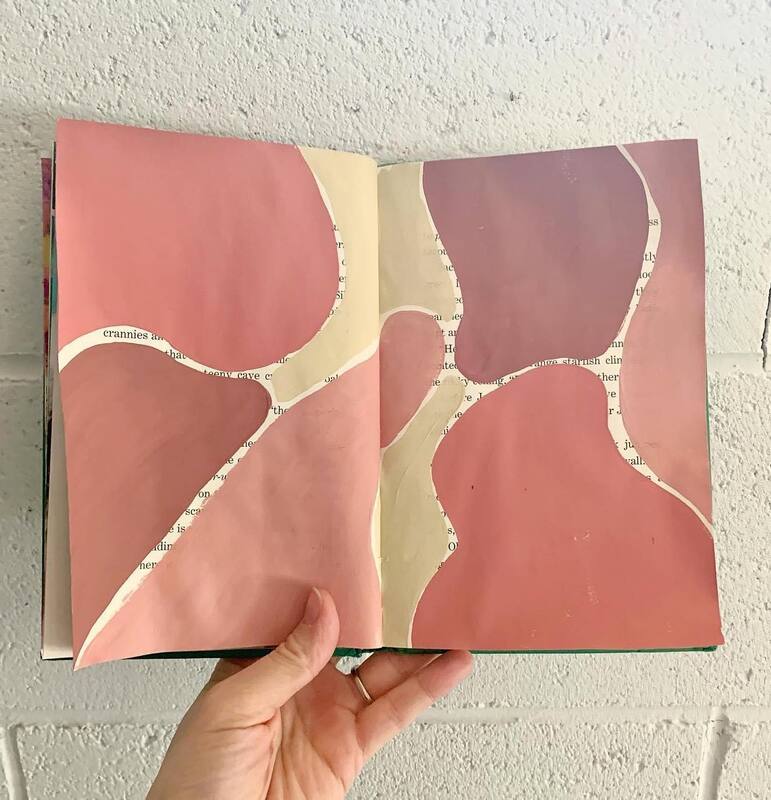
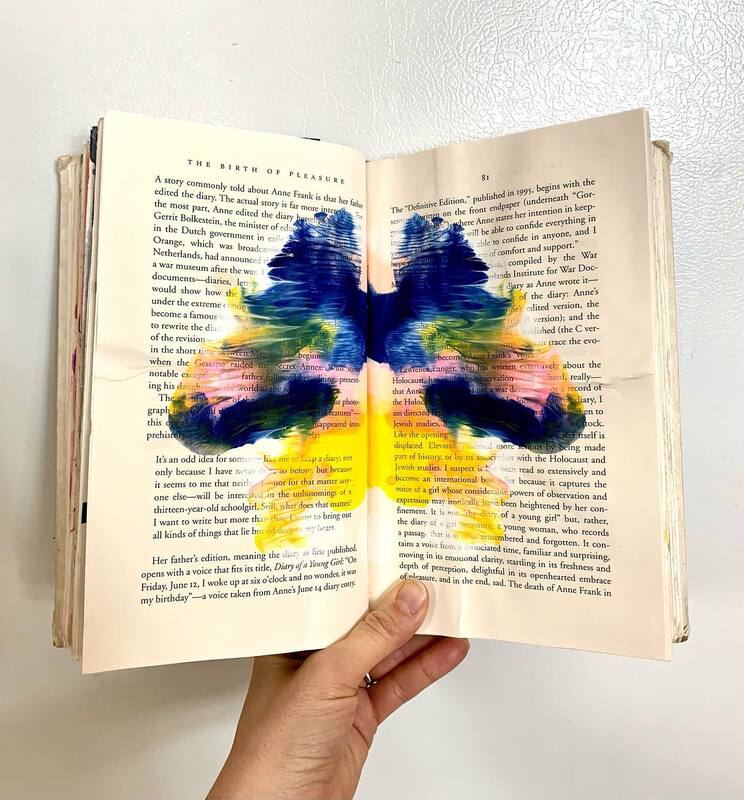
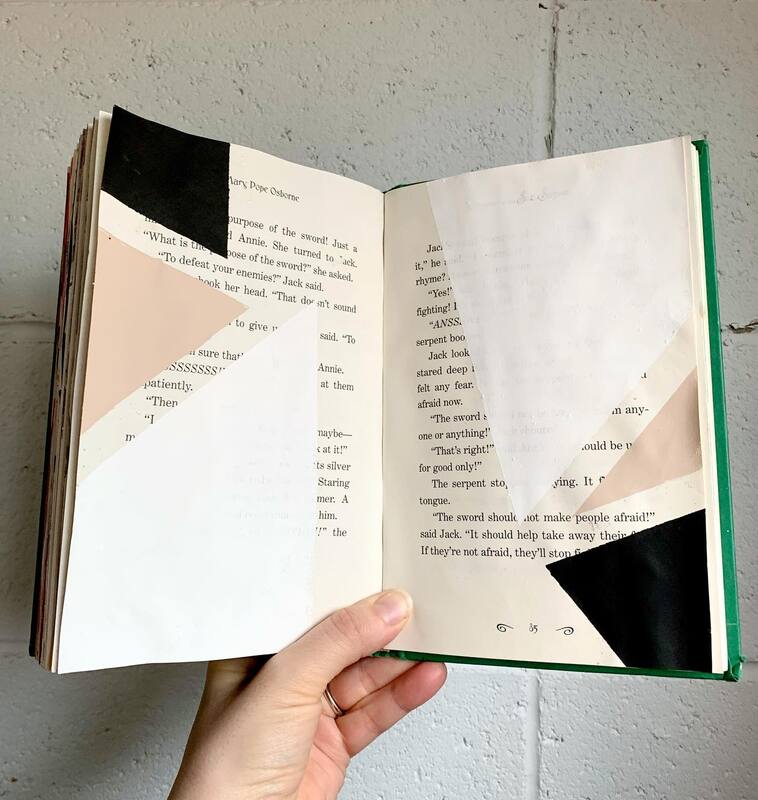

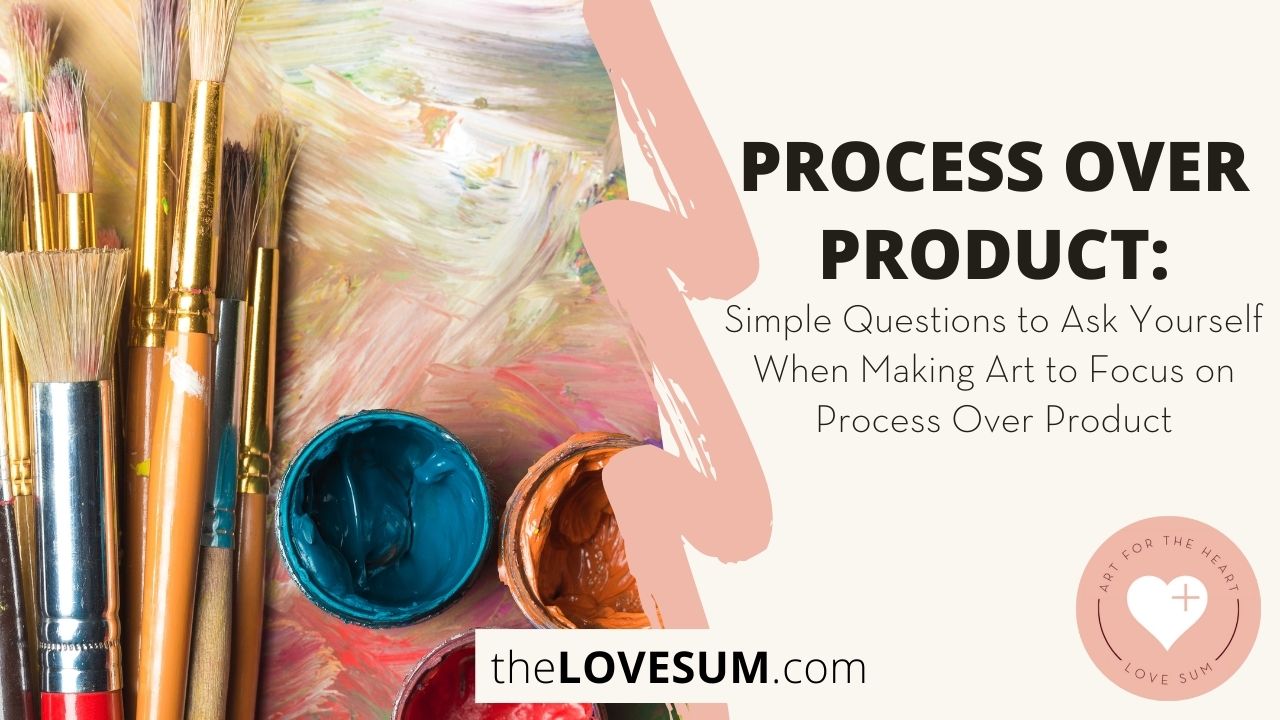



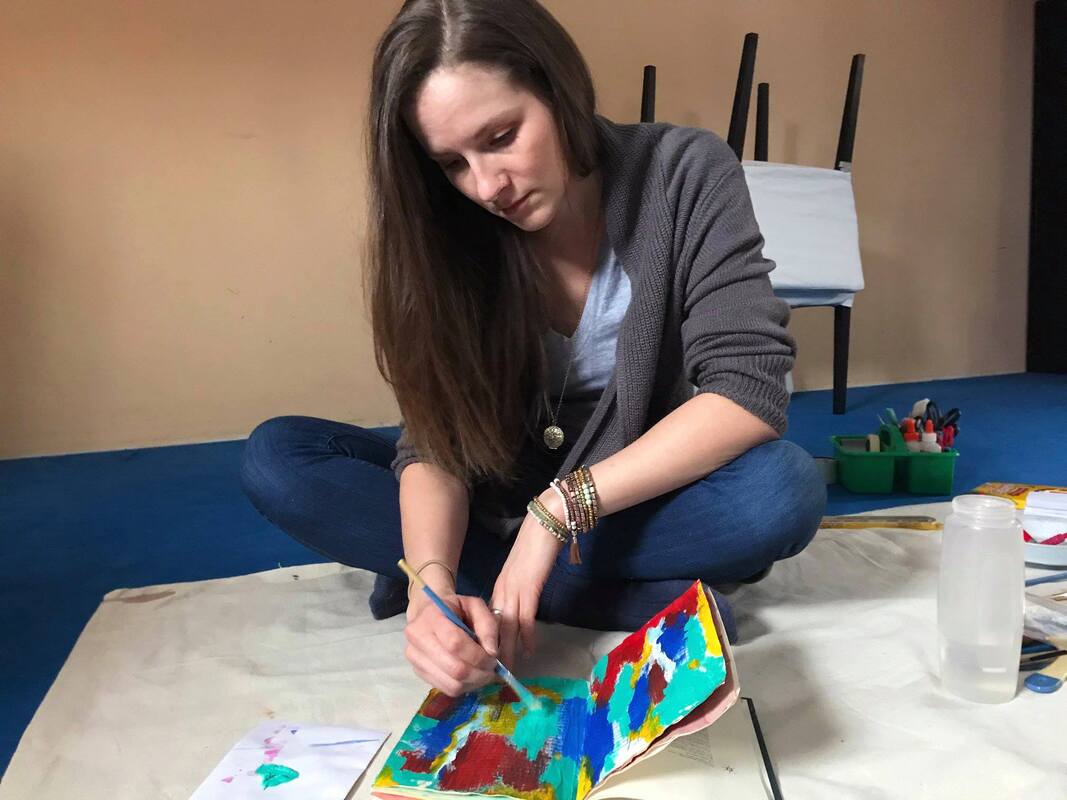
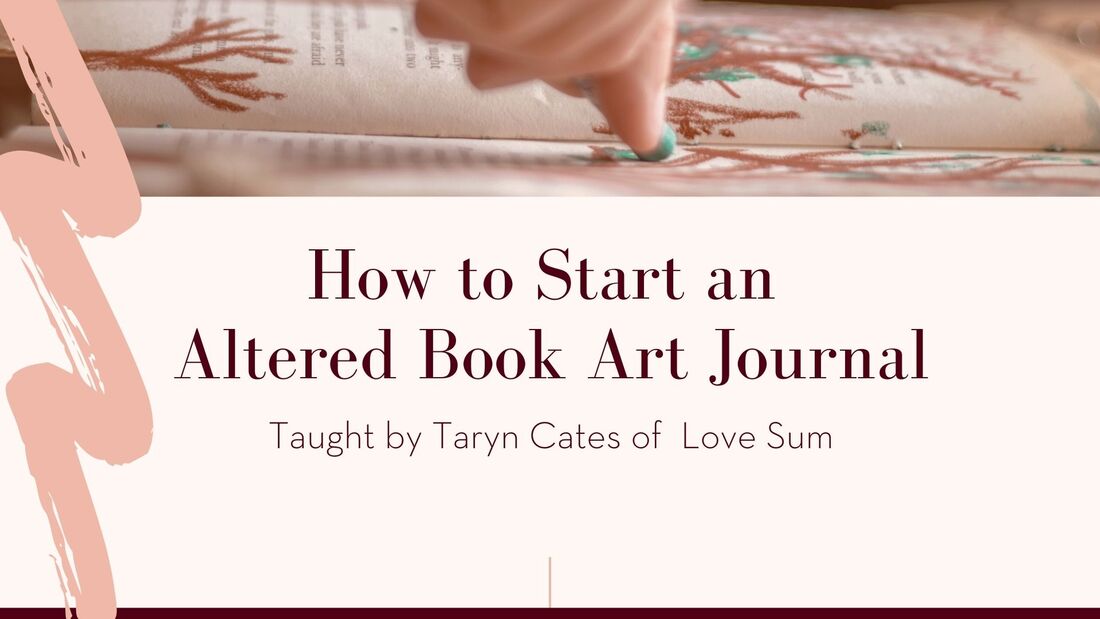

 RSS Feed
RSS Feed
